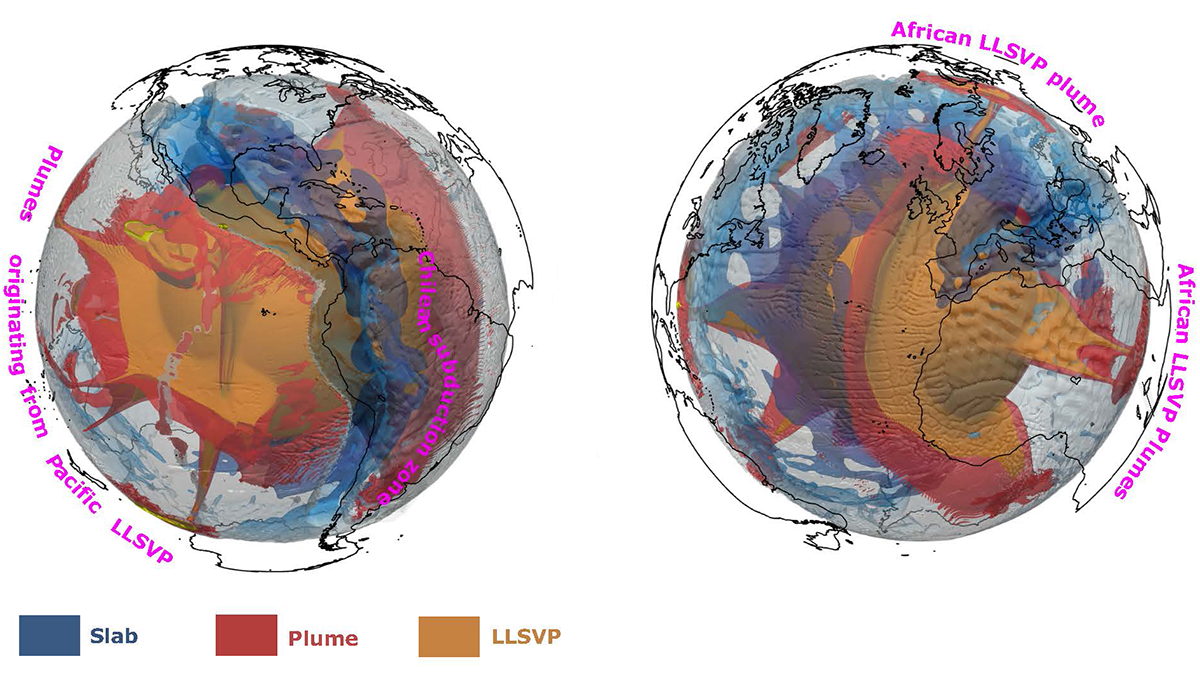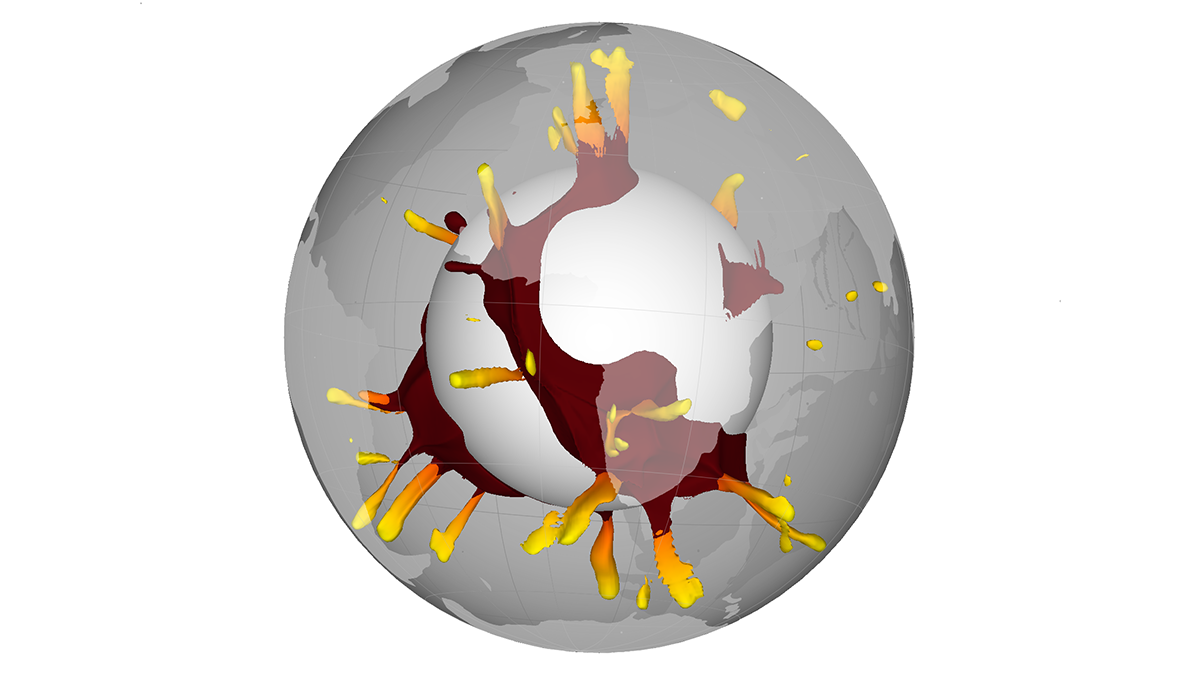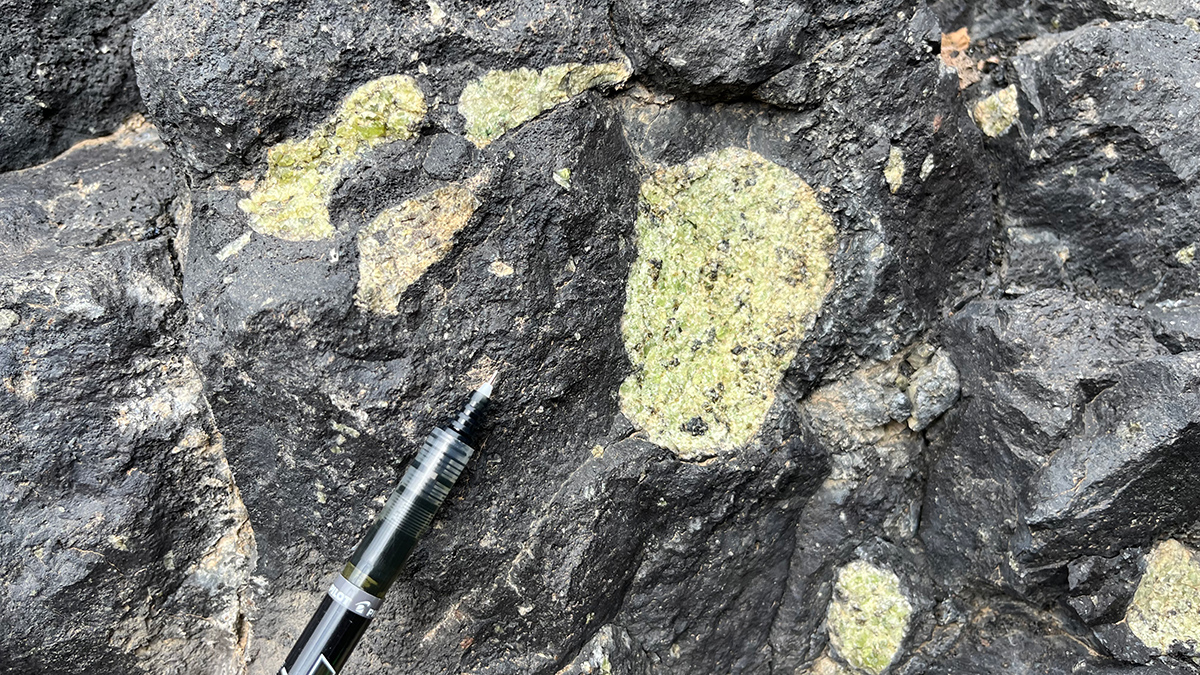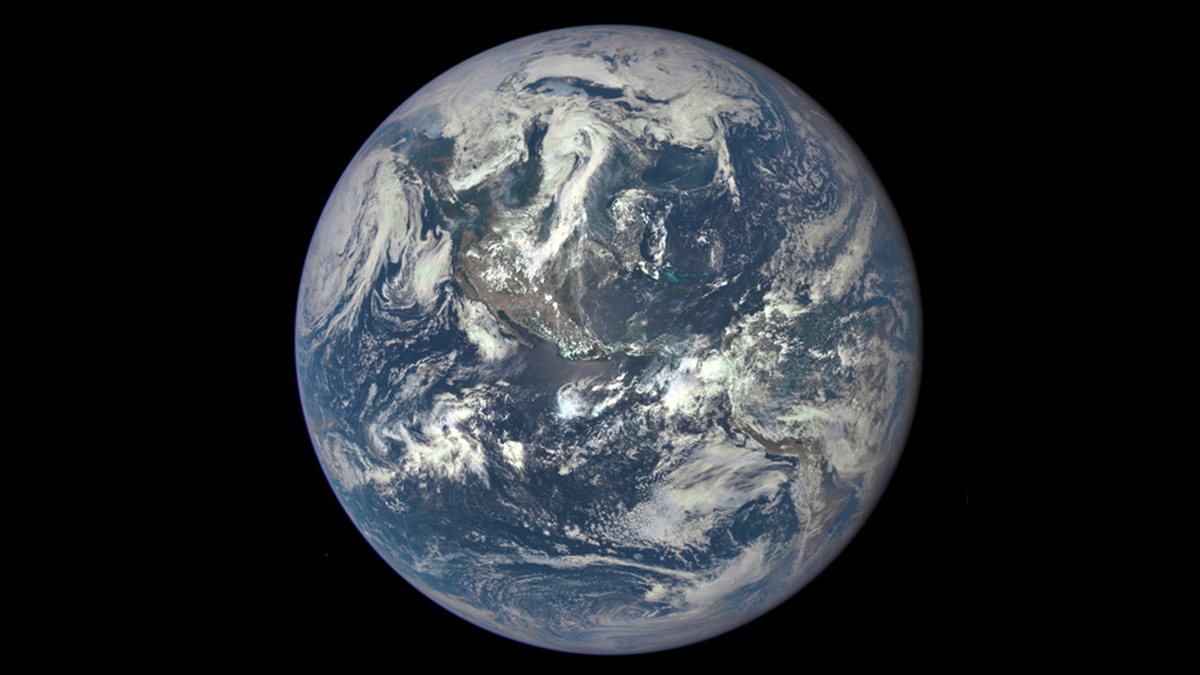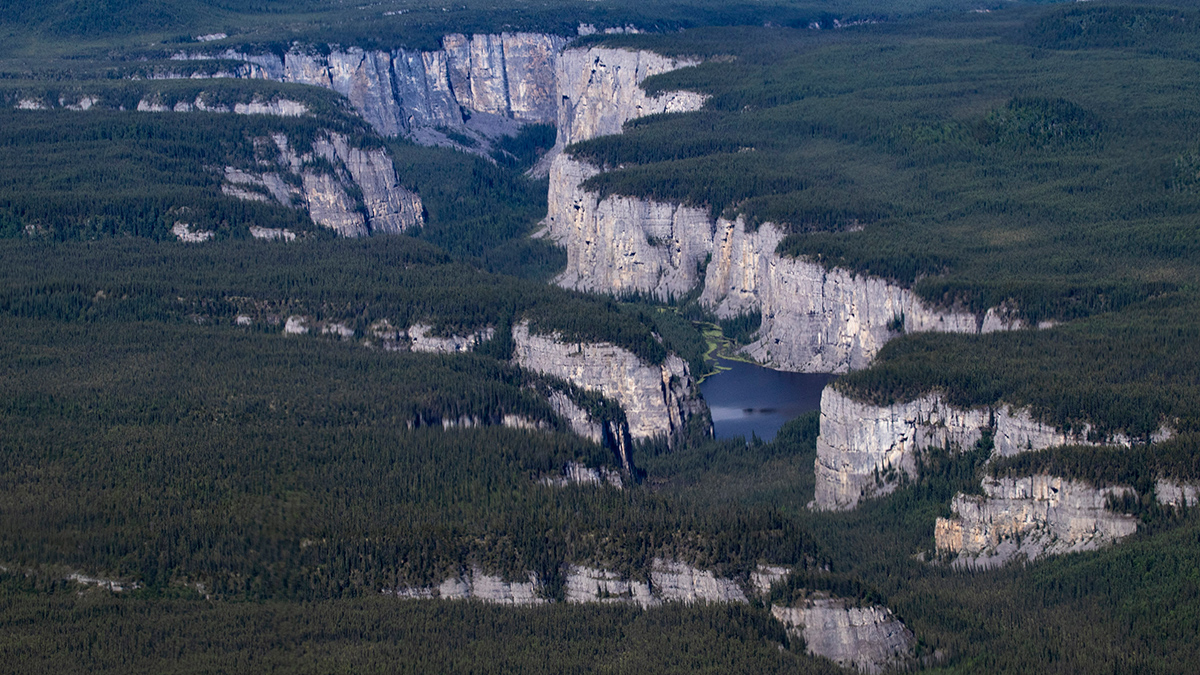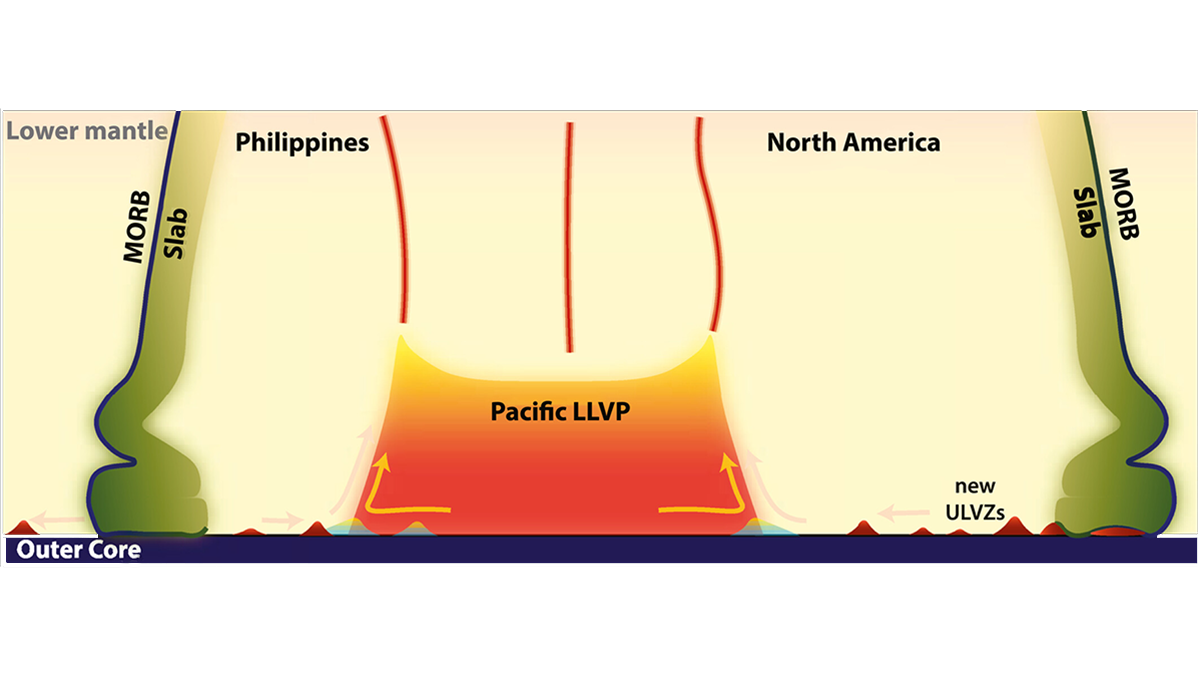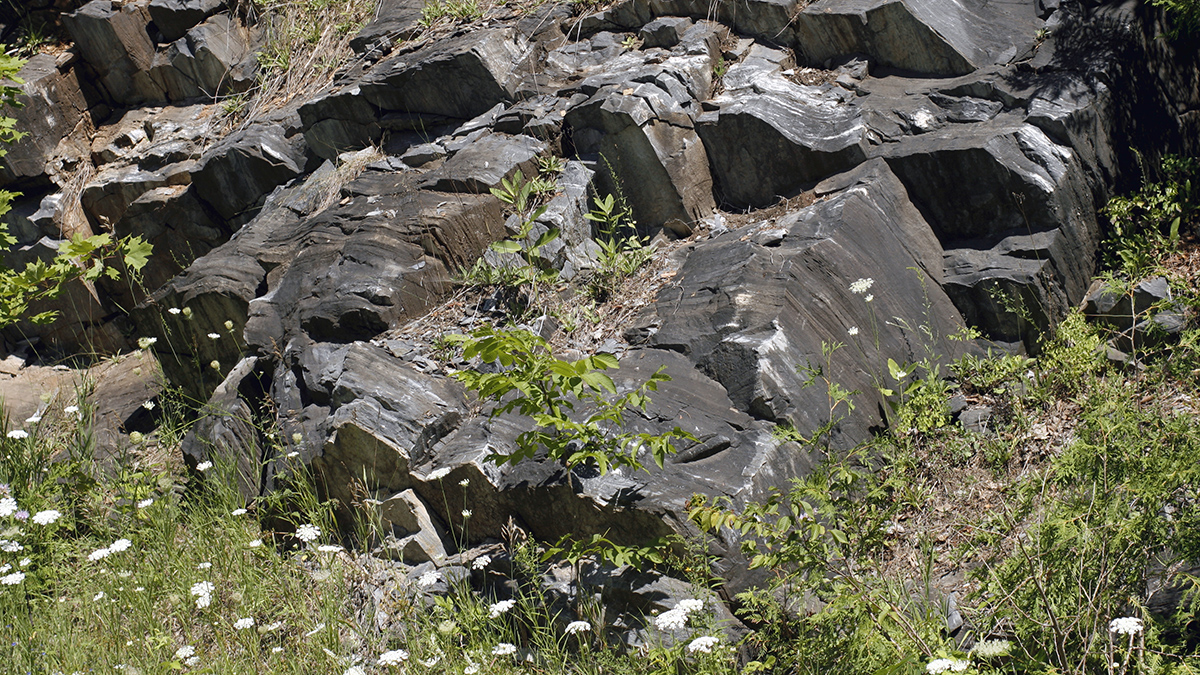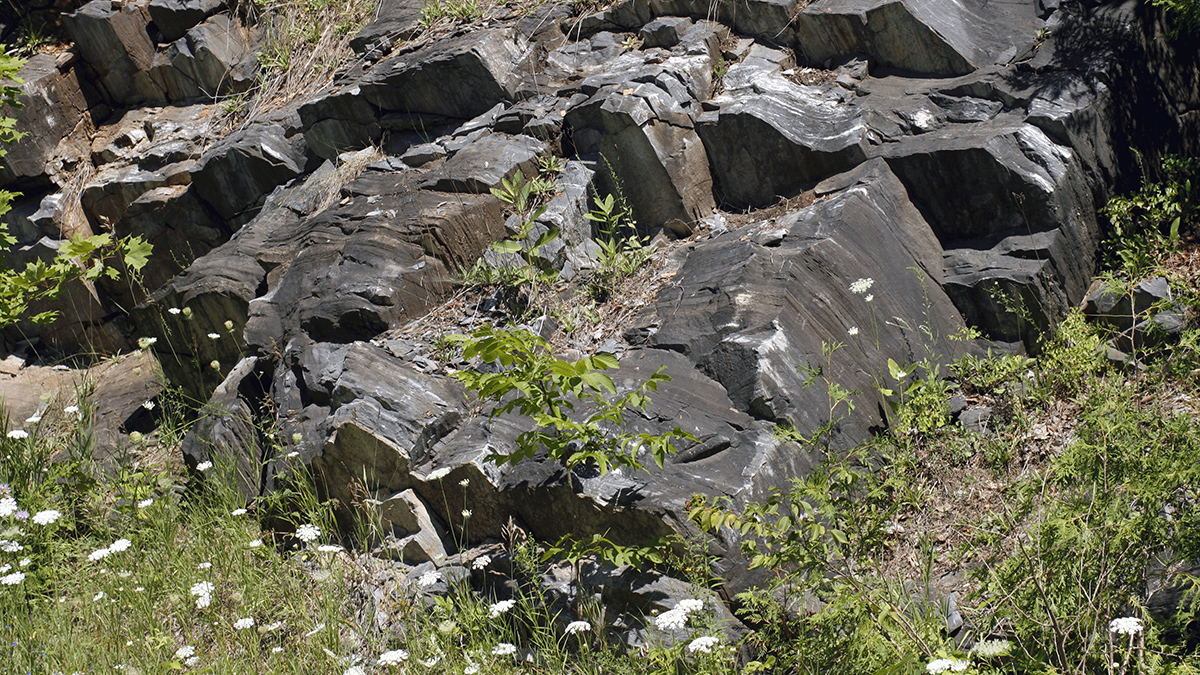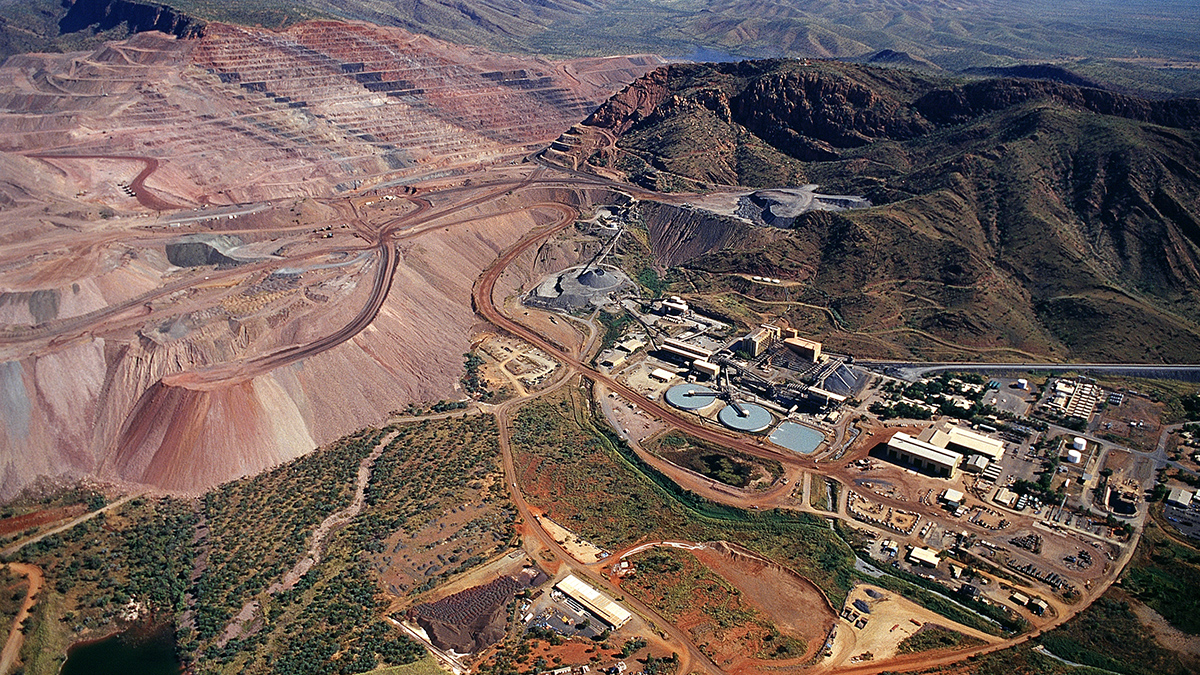A new study offers insight into the viscous BLOBs at the base of Earth’s mantle.
Earth’s interior
Blame It on the BLOBs
For decades, scientists have suspected that large volcanic eruptions have their origins in two mysterious massive regions at the base of our planet’s mantle. Now, it’s been statistically proven.
The Deep Frontier of Mantle Magma Supply
Compared with crustal magma systems, little is known about the deep sources of volcanic supply chains. Interdisciplinary efforts can help answer key questions about how magma migrates from the mantle.
Scientists May Have Found Another Viscosity Shift in the Mantle
The proposed distinction could improve Earth models.
High-Pressure Reactions Can Turn Nonporous Rocks into Sponges
Mathematical models describe how water moves through rocks in deep Earth.
Crustal Melts at the Core-Mantle Boundary
Seismic waves get sent in all directions for deep mantle anomalies, and a new analysis shows where those scatters lie and what properties they have.
Sedimentos radiactivos podrían haber construido los cratones de la Tierra
La meteorización de los primeros continentes podría haber puesto en marcha la formación de cratones, las raíces inmutables de los continentes.
Seismology Helps Us Understand How Material Flows in Earth’s Deepest Mantle
Recent progress in the analysis of seismic waves enables us to determine where, and sometimes how, the base of the mantle deforms.
Radioactive Sediments May Have Built Earth’s Cratons
Weathering of the earliest continents could have set in motion the formation of cratons, the immutable roots of continents.
Continental Breakup Shot Pink Diamonds to Earth’s Surface
What was once the world’s most prolific pink diamond mine has always been an anomaly. New research suggests that the end of an ancient supercontinent helped rocket its precious gems to the surface.

